Every year, Pakistan faces the harsh reminder that climate change is no longer a distant threat it’s already here. This August 2025, once again, floods have disrupted lives, damaged properties, and left communities struggling to rebuild. While large-scale infrastructure fixes are needed at the government level, families too can take small but effective steps to protect their homes.
At Linkers International, we believe a safer tomorrow starts with informed choices today. Here’s a simple guide for families to make their homes more flood-resilient.
1. Raise Your Foundation
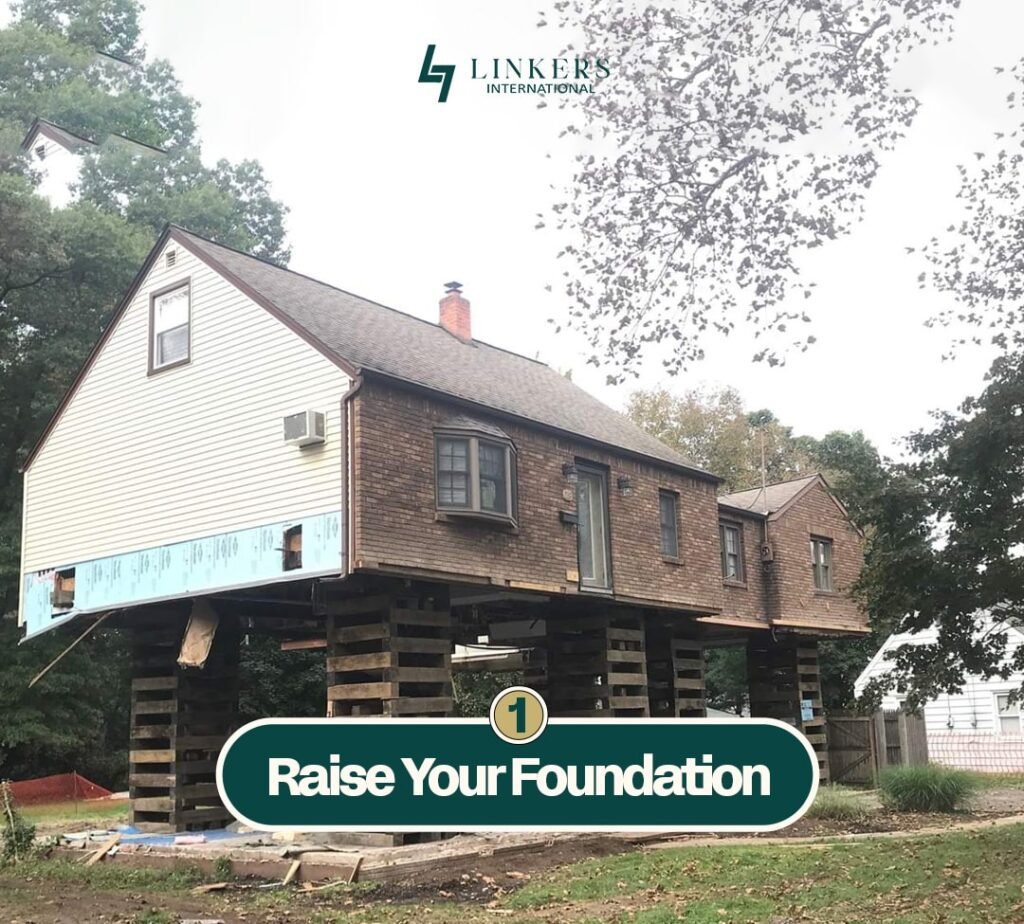
If you’re constructing or renovating, elevating the house foundation even by a couple of feet can dramatically reduce flood damage.
In flood-prone zones, stilt-style construction where the ground floor is left open for water passage is becoming more common worldwide and can be adopted here too.
While it may seem like a heavy upfront cost, in reality it’s a long-term investment that can save families millions in repair costs when water levels rise unexpectedly.
2. Improve Drainage Around the House
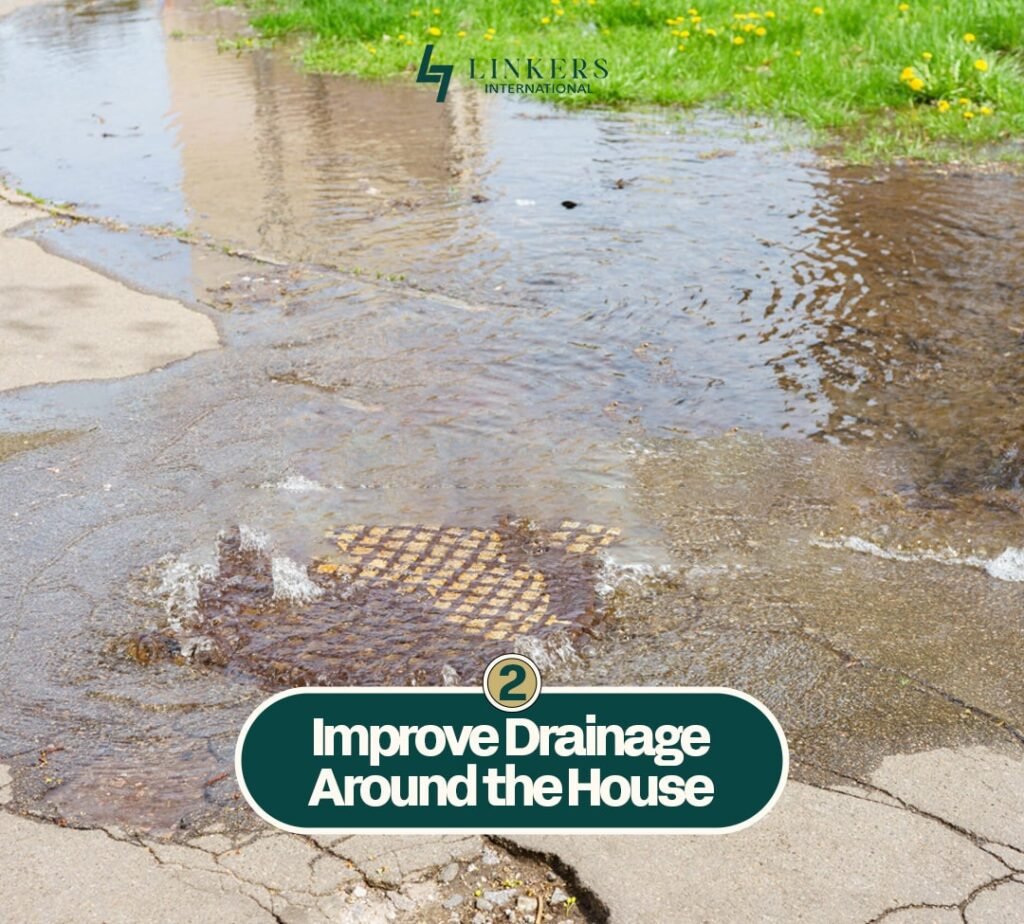
Floodwater often becomes more damaging because of poor drainage and clogged water exits.
Families can make a big difference by ensuring that the area around their home is clear of debris and waste that blocks water flow.
The ground should slope away from the foundation so that rainwater does not collect against the house walls.
Some households even install underground tanks with pumps to temporarily redirect excess water a solution that can prevent seepage and structural weakening during intense downpours.
3. Seal What Matters
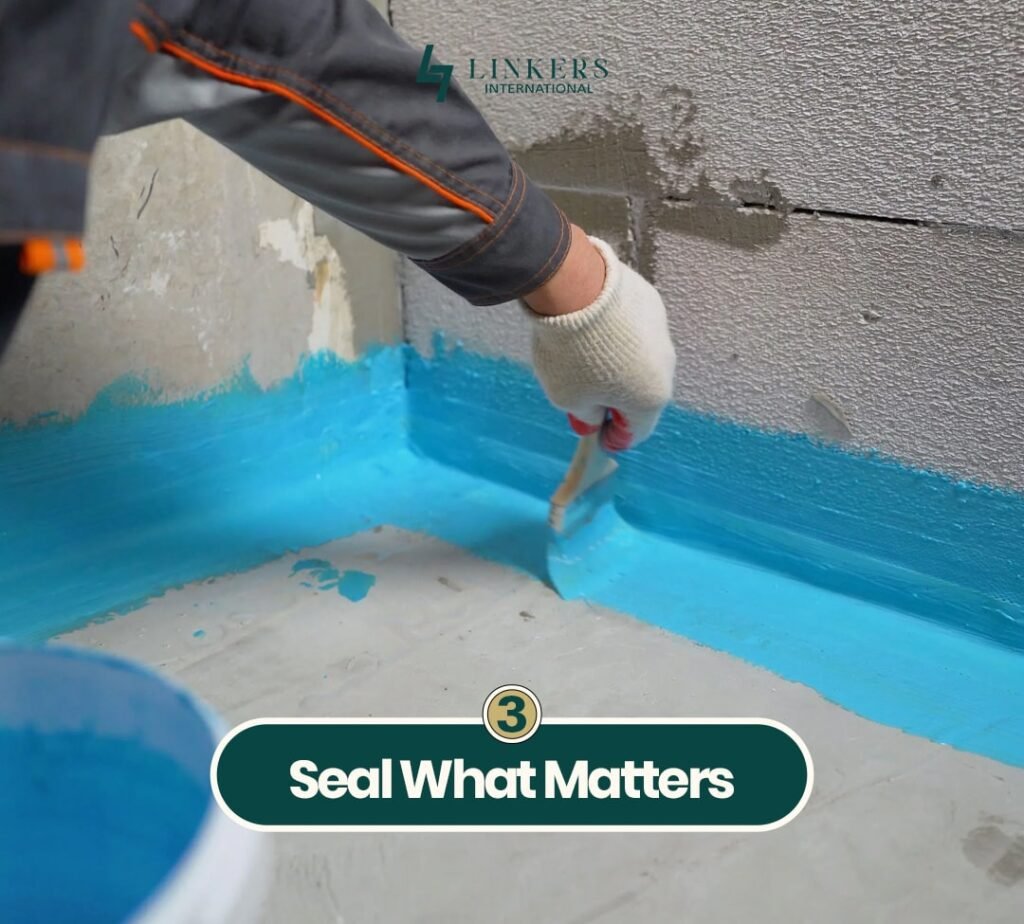
Floodwater doesn’t always rush in through doors; it often seeps silently into basements and lower walls.
Waterproof sealants applied to basements, floors, and walls can help create an invisible shield. In emergency conditions, families can place temporary barriers at entry points, but permanent solutions like backflow valves on sewage lines are more reliable.
These small steps ensure that dirty, contaminated water doesn’t find its way back into your living space.
4. Switch to Flood-Resilient Materials
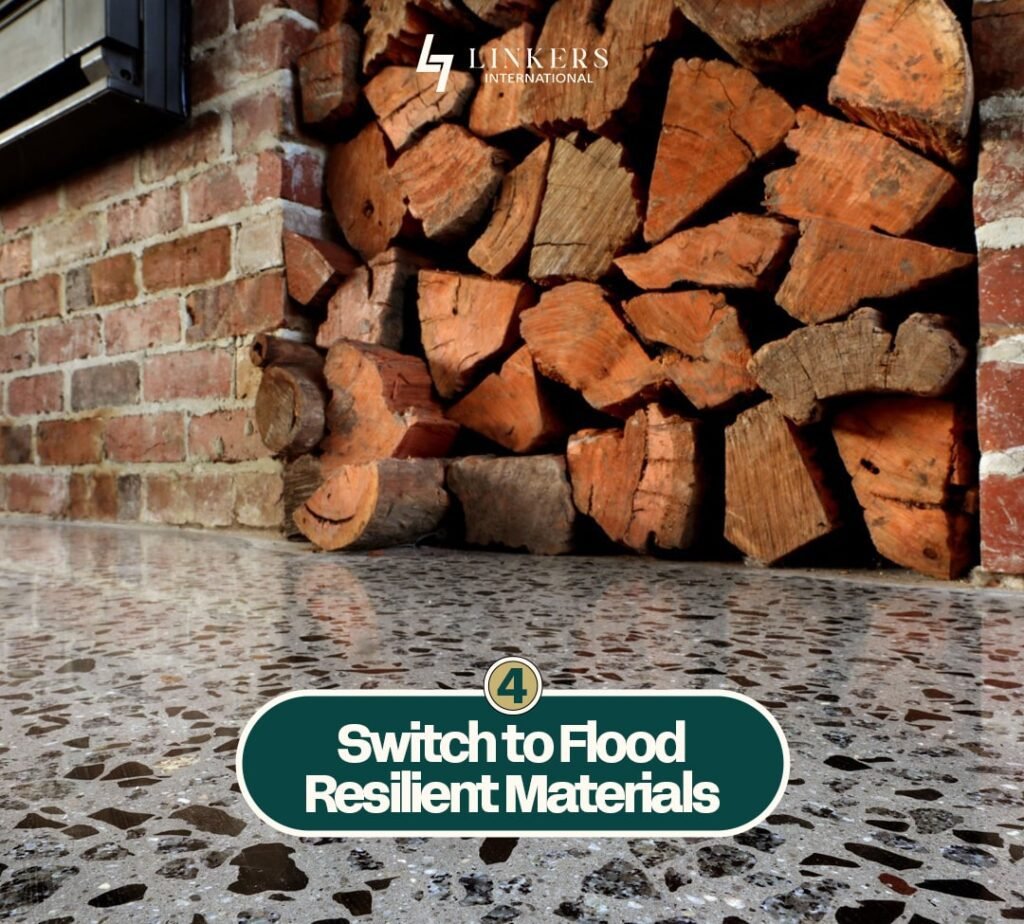
Another important step is choosing the right building materials. Traditional wooden floors or carpets, for example, are the first to be ruined in a flood.
By opting for tiles, stone, or treated concrete, families can make their homes easier to clean and restore after a flood. Similarly, water-resistant paints and finishes on walls help prevent mold growth and structural damage.
The goal is simple: make sure that even if water does enter, it leaves behind less destruction.
5. Safeguard Essentials
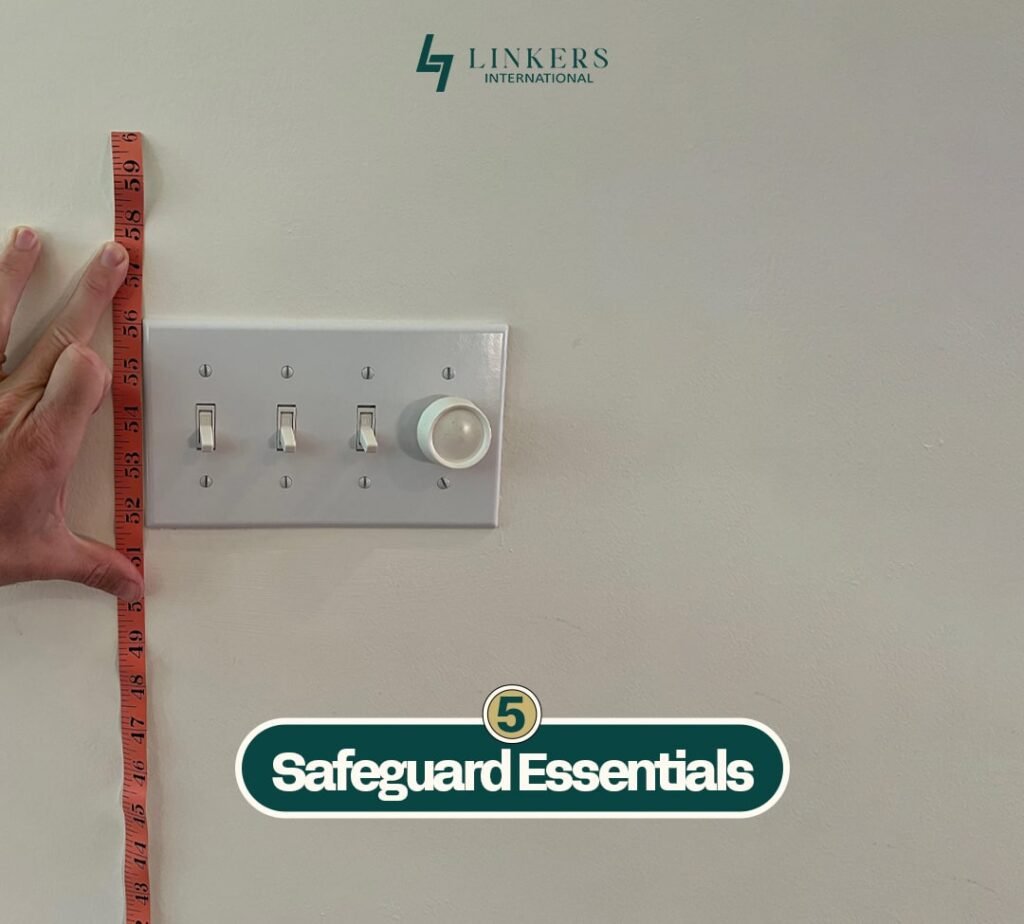
Protecting your home also means protecting what’s inside it. Families should consider raising electrical outlets and switches a few feet higher than usual so that short circuits and fire hazards can be avoided.
Important documents such as property files, passports, and educational certificates should be stored in waterproof cases, while valuable electronics and appliances are best kept on upper floors or shelves.
These small adjustments can save irreplaceable belongings when disaster strikes.
6. Plant for Protection
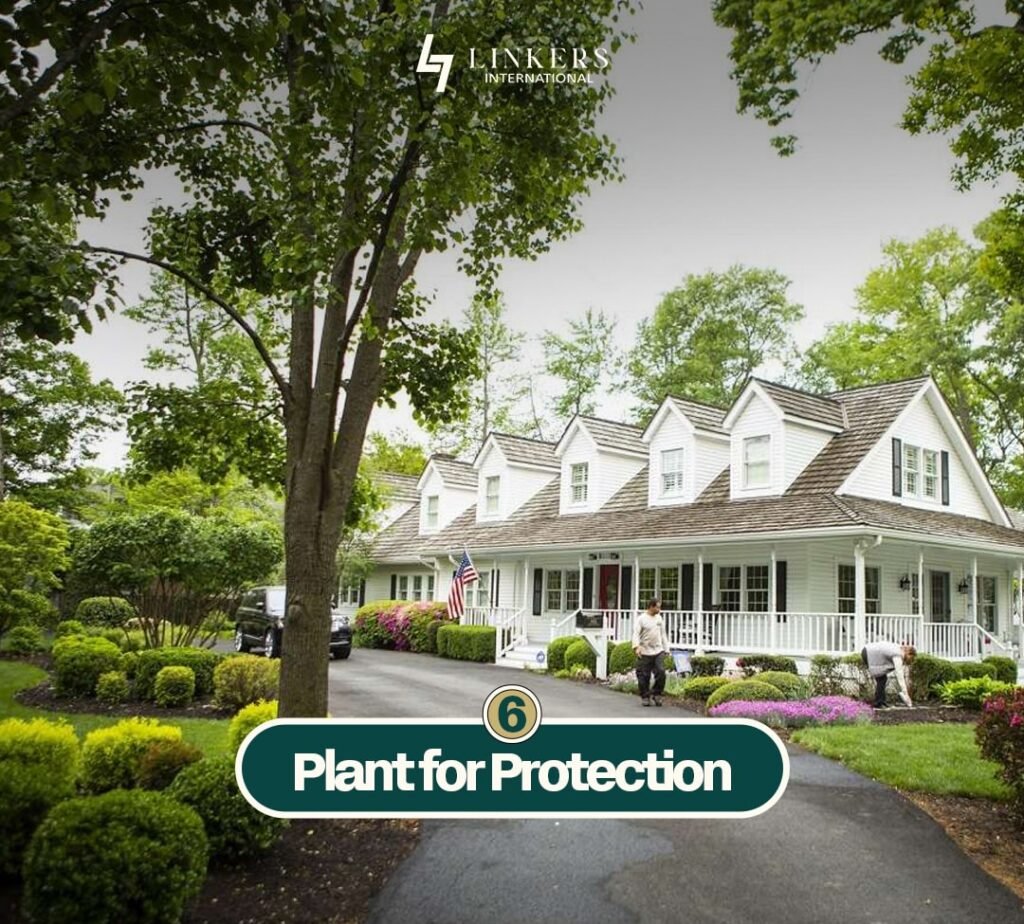
Nature itself can be a strong line of defense.
Planting trees and green belts around homes helps absorb excess water and slows down its flow toward your property.
In urban areas, even small gardens or collective neighborhood efforts like Miyawaki forests can make a difference.
Beyond flood control, greenery improves air quality and lowers urban heat both of which are much-needed in Pakistan’s changing climate.
7. Have a Family Emergency Plan

Finally, resilience is not just about construction it’s about preparation.
Every household should have a flood emergency kit ready, including first aid, dry food, drinking water, flashlights, and batteries.
Families should agree on a safe meeting point in case evacuation is necessary and teach children what to do if water levels rise suddenly.
Being mentally and logistically prepared can save lives when minutes matter.
Closing Thought
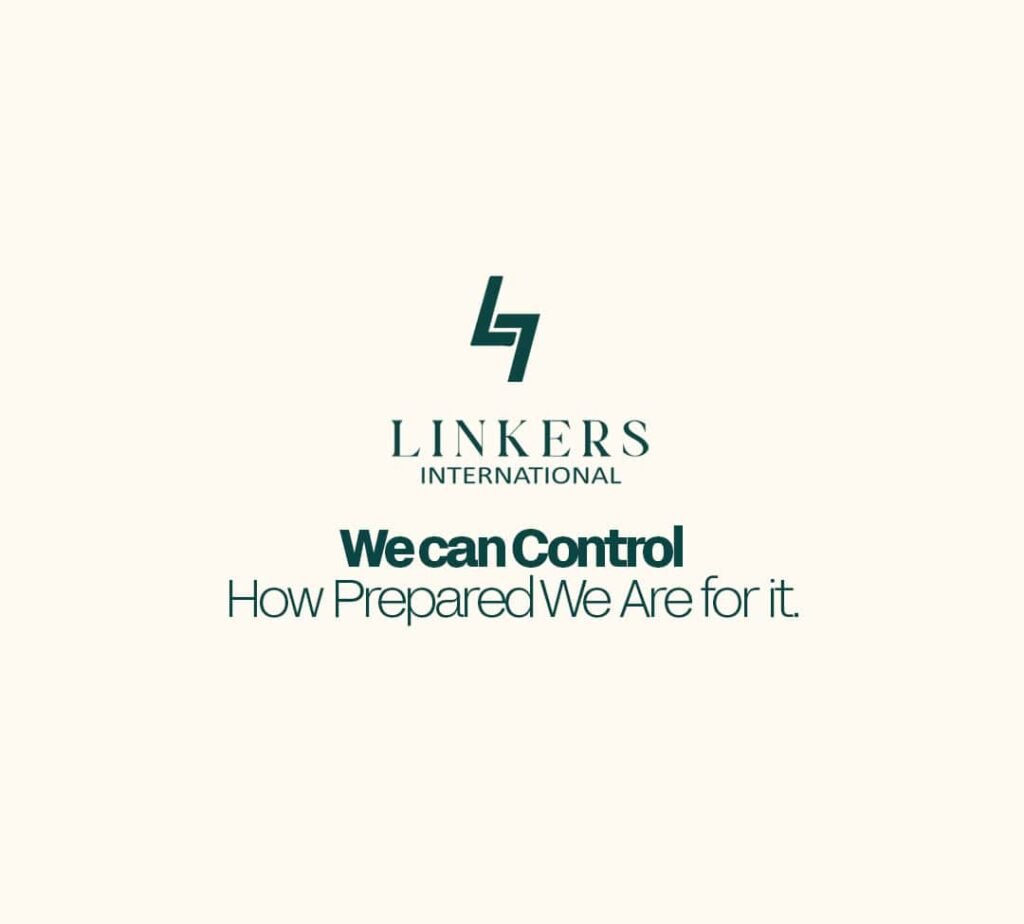
We may not be able to control the rain, but we can control how prepared we are for it. Flood-proofing a home doesn’t always require massive spending it’s about smart, practical choices that add layers of protection.
At Linkers International, we continue to explore climate-resilient building practices in our projects because we believe real estate must evolve with the challenges our nation faces. After all, a truly valuable home is one that keeps families safe today and in the future.



